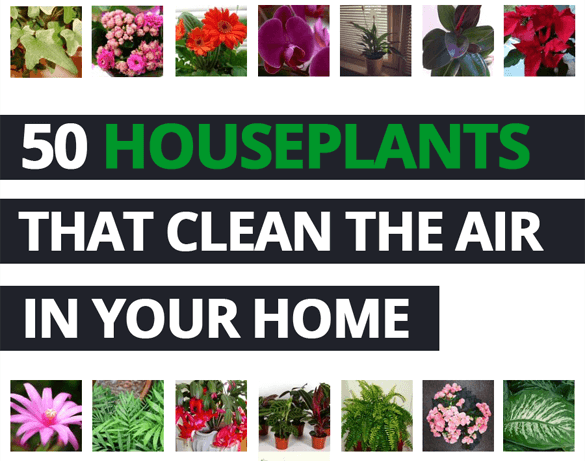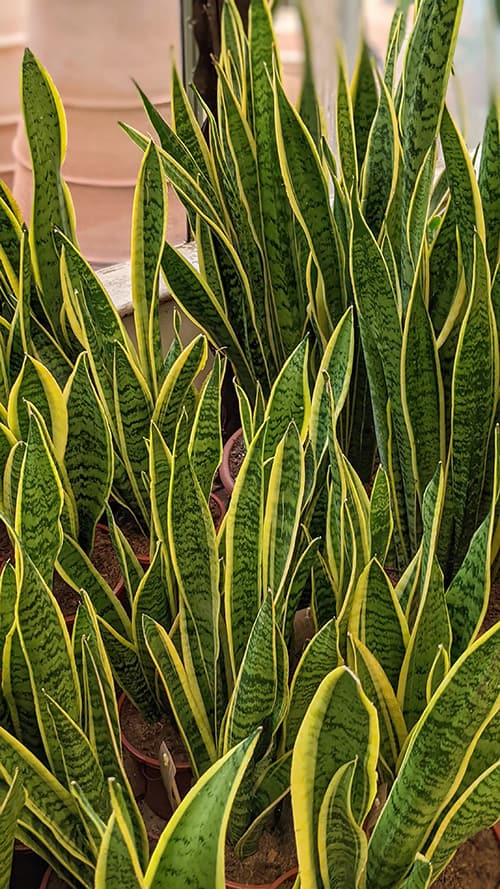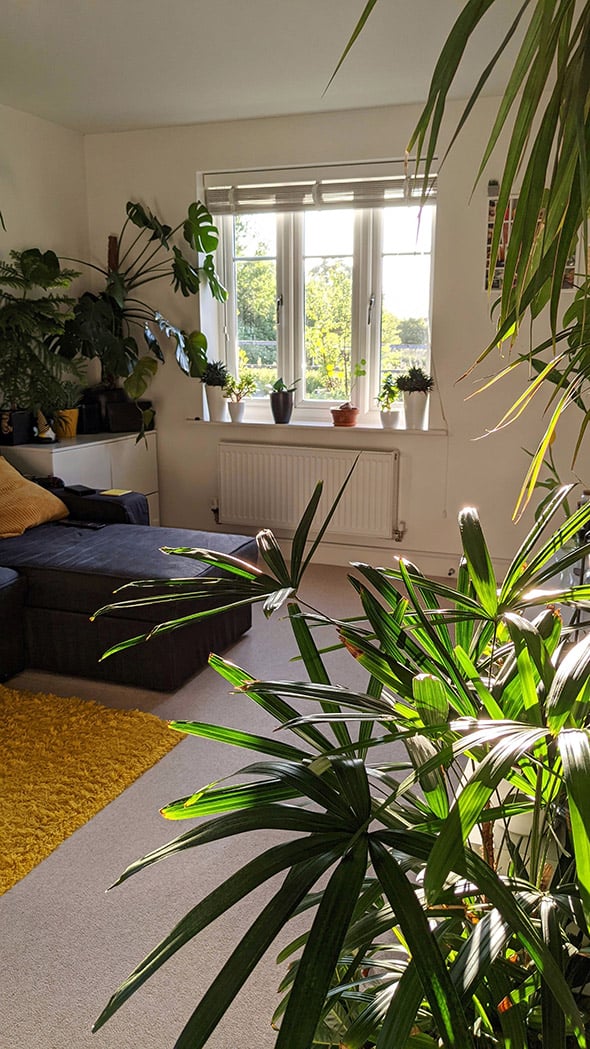You've probably heard at some point that houseplants are good for your health. In part, this is because they absorb carbon dioxide from the air. They also clean, filter and purify the immediate surrounding environment from toxins and pollutants.
However, you might not know which plants are best for the job?
This guide will sort this out for you by listing the top 50 houseplants for air cleaning according to NASA and the scientist Dr Bill Wolverton.
Are Spider Plants and the Peace Lily going to come out on top? Well, let's get started and find out which are the best air-purifying plants according to science.

Hi, I'm Tom!
If you're like me and enjoy the challenge of growing houseplants and getting them to thrive, then Ourhouseplants can help. This website shares my knowledge and years of growing plants and provides (hopefully) helpful advice on properly caring for your indoor plant friends.
Humans have always "known" plants did more than provide food for us or look good, but there was no real science to support this idea until about 40 years ago.
It wasn't until The National Aeronautics and Space Administration (NASA) began to think about future life-support systems so humans could live on the moon and other planets that the ability of plants to filter and purify the air was exposed in full detail.
What are Volatile organic compounds?
VOC's are gases that can be emitted into the air from everyday products or processes. Not all are harmful, but some can cause long-term health effects.
Between 1980 and 1984, NASA and Dr Wolverton demonstrated that plants exposed to Volatile Organic Compounds (VOC's) in the air, could in fact remove them.
So what can they remove? Here are the main VOC's and harmful toxins we come across day to day in our homes and everyday indoor spaces. The good news is that houseplants can either reduce the concentration of them or in some cases, get rid of them completely.
Many people will try to avoid these chemicals, but sometimes it's difficult to do this or to find out if they're present in the product you're using. So let's look at the most effective plants that have been shown to help remove them.
The list below is ranked in order of plant effectiveness in a typical home according to studies from the 80s. So the 1st plant in the list (Areca Palm) is the most effective and the 50th (Kalanchoe) is the least.
(Some of the plants are links because they have a detailed care guide here on Ourhouseplants.com if you want to find out more about them).
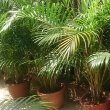
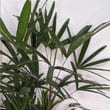
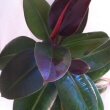
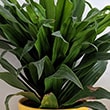
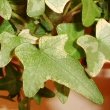
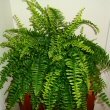
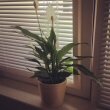
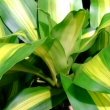
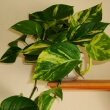
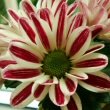
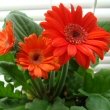
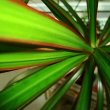
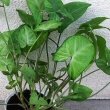
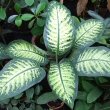
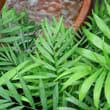
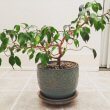
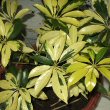
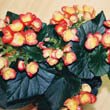
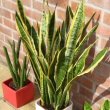
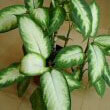
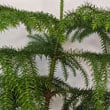
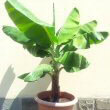
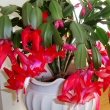
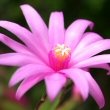
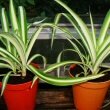
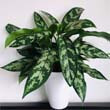
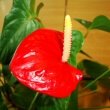
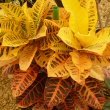
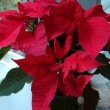
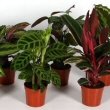
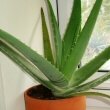
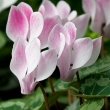
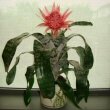
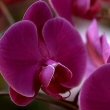
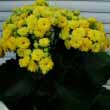
When thinking about long term space programs, NASA proposed that if humans traveled to inhospitable planets, then biospheres would need to exist to support life. Much like a spacecraft provides a suitable environment for its passengers as they travel through space.
The problem for NASA however was that at the time, spacecrafts could only be used for short periods due to the quick build up of harmful VOC's in the sealed cabins.
These came from both from the people themselves as well as various equipment and machinery used on the craft.
Along with Spider Plants, Snake Plants are often considered some of the best air purifiers around. But there are loads more you can pick from.
Early research showed that plants were able to absorb toxins from the surrounding environment, and they could purify and revitalize the air in sealed chambers. Exactly what NASA had suspected.
When NASA released their early research that houseplants could remove chemicals, harmful bacteria and viruses from the air people were understandably very excited.
Numerous scientific studies around this time were exploring "sick building syndrome" and people were becoming more concerned about exposure to chemicals.
For example, in the mid 1980's scientists started to express concern about formaldehyde and how it could be dangerous to human health.
A few decades later and eventually in 2011, the US National Toxicology Program called it a "human carcinogen".
So rewind back to the 80s and early 90s and you can understand why the casual indoor gardener and health conscious were very interested in the topic. The fact something as simple as a houseplant could help remove harmful chemicals caught on and the NASA study quickly spread and is still cited and talked about today.
All popular houseplants can theoretically improve indoor air quality. So fill your living space to get that natural air purification going.
With the initial promising findings they funded further work and more specialist research to determine the best plants to use. Significant research was then carried out that looked at houseplants and their air purifying abilities in homes and places of work.
Dr Wolverton was one of the scientists brought on board to help research and study the effects of houseplants on air quality in contained spaces and produced some of the most popular and commonly referenced research papers on the topic. It's this research that gave us the 50 plants in the list above.
If you want to read more about Dr Wolverton's work, the experiments themselves, or better understand how he formulated his ranking I've provided an Amazon (affiliate) link below to his book - "How to Grow Fresh Air".
Not found your particular houseplant on that list? It's really important to remember that Wolverton's experiments focused on common houseplants at the time.
There would be no point putting in a fantastic air cleaning houseplant if no one had ever heard of it, or more importantly, actually wanted to have it in their homes.
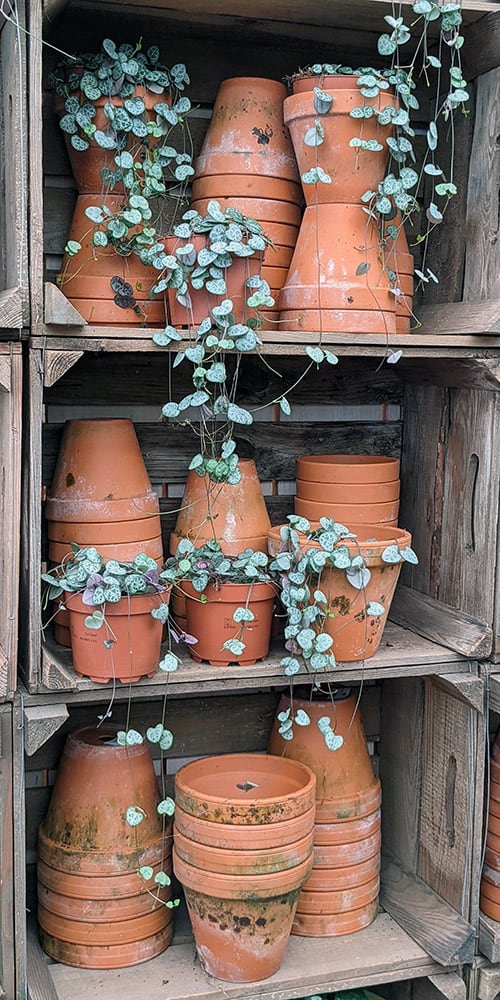
Modern plants like these String of Hearts didn't make the list because they weren't popular in the 80s.
The studies were also done in the late 1980's before certain plants like the ZZ Plant and Yucca had even become houseplants in their own right and therefore weren't part of the experiments either. This means a lot of modern houseplants around today aren't on the list.
Make sure you grow them properly.
House plants need the right conditions to perform correctly. For example, some will need full sun instead of indirect light. Others will want high humidity. Maybe constantly moist soil, or a bit of drying out between waterings.
Getting the care needs down, might sound overwhelming, but all you need to do is check out my plant profiles page. Find your plant and learn exactly what they need to thrive.
However even if some of your own plants didn't make it into the list there is no reason to see this as a negative.
Almost all plants on the planet have an air cleaning ability, although it's true some are better adapted to deal with certain toxins, pollution and putting moisture back into the air than others.
There may be certain houseplants ranking high on the list you really can't stand and others you love but are lower down.
My opinion is that you should select plants for your home or office that you actually enjoy and like. Also the more plants you have the better and more effective the air cleaning results will be.
Yes, some perform better than others, but it's better to have the worst performing plant than none at all.
How well do houseplants clean the air?
In controlled environments they do an impressive job. In real world settings, it's not as good.
Our article "Do plants clean the air?" gets to grip with the science if you want to learn more.
The list above will therefore simply illustrate that if you own (or spend time around) any of the plants detailed then there is hard scientific proof that they will clean the air in your home or office and have the official stamp that they "are good for your health" as a result.
Which plants do you have? Would you consider buying any from the list as a consequence of reading this? Do you agree with Dr Wolverton's findings? Let us know in the comments below!
